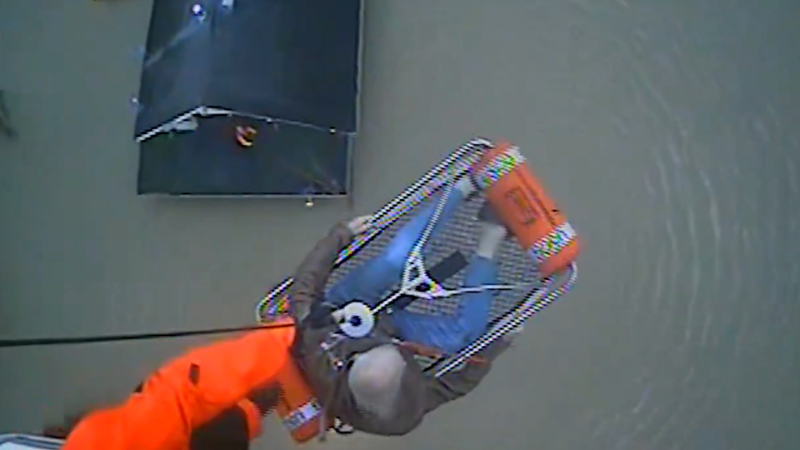What is the red substance firefighters drop from the sky to battle wildfires?
Known as Phos-Chek, the fire retardant has been used to fight blazes since 1963.
As they grow in size and intensity, wildfires threaten communities across the Wildland Urban Interface.
The image of a plane or helicopter flying over a wildfire and dropping a mysterious red cloud over the forests has been a popular firefighting depiction for years, but how many people actually know what that substance is?
Known as Phos-Chek, the fire retardant has been used to fight blazes since 1963 and has been the main long-term fire retardant used by the California Department of Forestry & Fire Protection in recent years. While the exact formula of ingredients isn’t disclosed to the public, the components are mainly phosphate and sulfate salts along with different types of gum and clay that thicken the product.
The U.S. Forest Service used over 15 million gallons of chemical fire retardants in 2017, including nearly 3 million gallons in a single week in October 2017. The use of aerial retardants is almost entirely kept to the blazes on the West Coast, while fires on the East Coast, such as in the Appalachians, are handled primarily by ground crews.

A plane drops retardant as the Getty fire burns on Mandeville Canyon Monday, Oct. 28, 2019, in Los Angeles. (AP Photo/Marcio Jose Sanchez)
“We mainly use aerial fighting with fire retardants to direct and steer the fire in directions,” Heather Williams, a spokesperson with Cal Fire, told AccuWeather. “Our main aim is to keep the fire away from things like communities or structures.”
A published study from Cal Fire indicated that five different Phos-Chek products are used depending on situations, such as long-term retardants or woodland fire foams. The mixtures are roughly 85 percent water and are considered “the safest, most effective and environmentally friendly products available,” according to phoschek.com.
According to a report from Phos-Chek about its Class A Foam, one of the main retardants used by CAL FIRE, the foam reduces the amount of water needed to fight a fire. By using less water, the manufacturer claims that the foam helps prevent property damage and reduces the number of toxic products of combustion into the environment.
GET THE FREE ACCUWEATHER APP
•Have the app? Unlock AccuWeather Alerts™ with Premium+
The importance of aerial firefighting is also valuable in other ways, Williams explained.
“The aerial view from planes also helps give a birdseye view,” she said. “It helps us help make a concise decision on where to send crews”
With the use of Phos-Chek, Williams said the main goal was to assist firefighters on the ground. Williams referred to the use of fire retardants as a shaping tool, with the main goal of making life easier for crews on the ground.
One goal of aerial retardants is to push fire away from communities and structures. One way this is accomplished is by using natural walls of defense, like rivers or cliffs, to cut off growth.
Report a Typo














